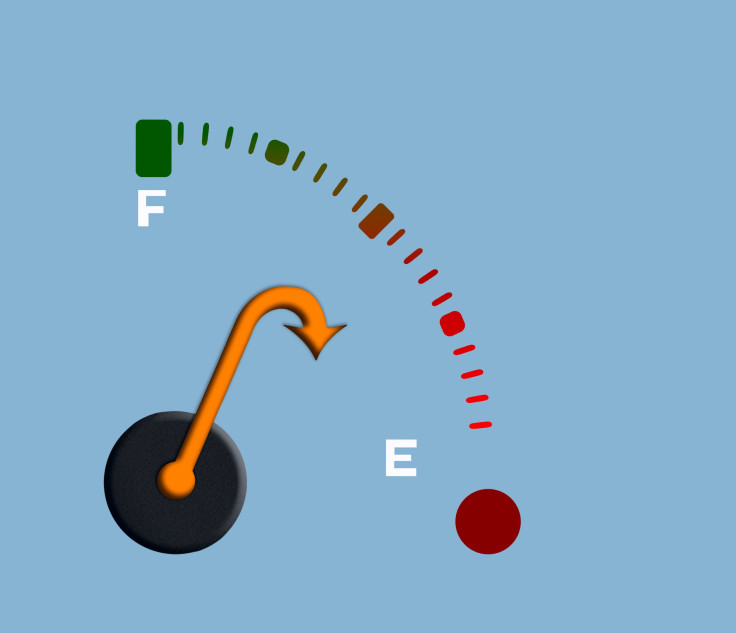Mid-Life Crises Are Real; Early 40s Are Depressing For Most

Anyone who’s read The Hitchhiker’s Guide to the Galaxy knows the secret to life as "42." But that number also represents the unhappiest age of life, scientists say.
As longevity rises around the globe, interest continues to build in the study of human happiness, a concept past generations might have found risible. After all, the human animal is built to run on a mostly empty stomach, chasing forever something in the distance. Continuous suffering defines the condition of his life. And the onset of midlife in one's early forties represents the opotheosis of this suffering.
Yet some scientists say they’d like to do something about that. In analyzing a boatload of longitudinal data, Terence C. Cheng says they took a new mathematical view of the traditional view of happiness through the human lifespan. “There is a large amount of cross-sectional evidence for a midlife low in the life cycle of human happiness and well-being [illustrated as a U-shape],” the researchers wrote. “Yet no genuinely longitudinal inquiry has uncovered evidence for a U-shaped pattern.”
Thus, Cheng and his colleagues revisited the conundrum by posing a new test. “Drawing on four data sets, and only within-person changes in well-being, we document powerful support for a U-shape in unadjusted longitudinal data without the need for regression equations,” he said. “The paper’s methodological contribution is to exploit the first-derivative properties of a well-being equation.”
Among the four populations studied were three nationally representative groups in the United Kingdom, Germany, and Australia, in addition to a smaller sampling of medical doctors in Australia. The average age of people in the study was 40 years old, give or take a couple of years.
“Using our simple first-derivative method, we have documented strong multi-country evidence for such a U shape,” Cheng said. “Thus recent claims that the U is an artefact — one caused by influences such as omitted cohort effects — appear to be incorrect.”
As it turns out, the great mid-life crisis is real, Cheng says. Most people tend to experience a profound lull in happiness in their early 40s, as they adjust to the second act of life.
Source: Cheng T, Powdthavee N, Oswald A, et al. Longitudinal Evidence for a Midlife Nadir in Human Well-being: Results from Four Data Sets. The Institute For The Study of Labor. 2014.



























